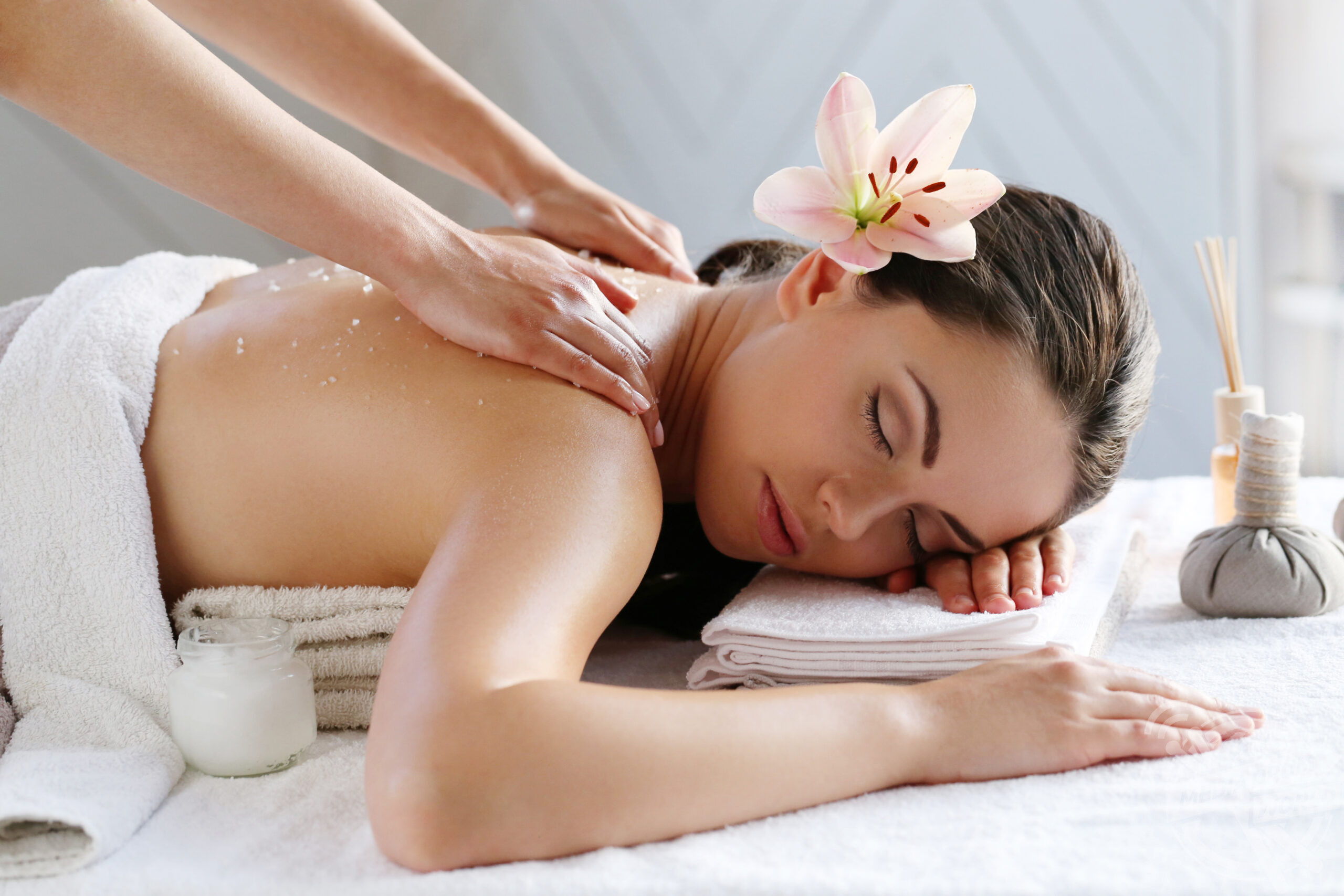
Reflexology is an old healing method that has actually been utilized for countless years to advertise leisure, enhance flow, and support the body’s all-natural recovery procedures. This alternative therapy is based upon the principle that certain points on the feet, ears, and hands match to various body organs and systems within the body. By using pressure to these points, reflexologists intend to stimulate the body’s very own recovery systems and restore equilibrium.
The History and Origins While the exact beginnings of reflexology are vague, evidence recommends that comparable techniques were utilized in old Egypt, China, and Native American societies. Modern reflexology was developed in the very early 20th century by Dr. William Fitzgerald, that introduced the idea of “area treatment.” This was later improved by Eunice Ingham, who drew up the reflexology factors on the feet that are still made use of today.
How Does Reflexology Work? Reflexology is based upon the idea that the body is separated right into 10 upright zones, each matching to different parts of the body. 秋葉原 think that by applying stress to details points within these zones, they can influence the corresponding body organs or systems. While scientific evidence for its performance is combined, lots of people report advantages such as reduced stress, boosted sleep, and alleviation from various health problems.
The Benefits of Reflexology Proponents of reflexology claim a wide variety of benefits, including:
Stress reduction and relaxation Improved flow Pain alleviation Enhanced immune feature Better sleep high quality Increased power degrees Support for digestive problems What to Expect During a Reflexology Session A typical reflexology session lasts in between 30 to 60 mins. The practitioner will start by discussing your wellness background and any present problems. You’ll after that rest or rest in a comfortable position, typically with your socks and footwear eliminated. The reflexologist will certainly use their hands to apply stress to details points on your feet, ears, or hands. The pressure needs to be not painful yet solid. Lots of individuals find the experience deeply relaxing and may also drop asleep during the session.
Reflexology is usually considered risk-free for the majority of individuals and can be a corresponding treatment along with conventional clinical treatments. While reflexology needs to not be used as an alternative for necessary medical care, it can be a valuable tool for advertising overall wellness and handling stress and anxiety.
Conclusion Reflexology supplies an unique strategy to health and wellness and wellness, focusing on the interconnectedness of the body’s systems. Whether you’re looking for alleviation from particular symptoms or simply seeking a way to relax and de-stress, reflexology might be worth discovering. As with any type of complementary treatment, it’s important to approach reflexology with an open mind and practical assumptions. By working with a certified expert and keeping open interaction with your healthcare team, you can find whether reflexology is the ideal addition to your wellness routine.
The History and Origins While the precise origins of reflexology are vague, evidence suggests that similar methods were used in ancient Egypt, China, and Native American societies. Reflexology is based on the idea that the body is split right into 10 vertical zones, each corresponding to different parts of the body. Tension reduction and relaxation Improved blood circulation Pain alleviation Enhanced immune feature Better rest top quality Increased power levels Support for gastrointestinal concerns What to Expect During a Reflexology Session A typical reflexology session lasts in between 30 to 60 minutes. Final thought Reflexology offers an one-of-a-kind technique to wellness and wellness, concentrating on the interconnectedness of the body’s systems.